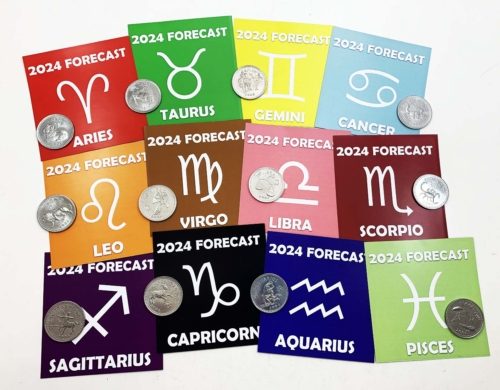Description
In August of 1908, a team of archeologists in Lower Austria made an amazing discovery. Buried on the left bank of the Danube, in the village of Willendorf, was a statuette made of oolitic limestone and painted red. The small figurine showed a woman: faceless below an elaborate headdress, small arms hugging ponderous breasts, with giant haunches and belly. Thought to be a fertility symbol, a depiction of Mother Earth, or possibly Paleolithic erotica, the Woman of Wachau, better known as the Venus of Willendorf, is 30,000 years old. The size of a softball, the statuette was brought to the region from elsewhere, as limestone is not native to Lower Austria. To commemorate the 50th anniversary of the discovery, Austria began issuing silver 10 schillings featuring a modern-day rendering of the portrait of the Venus of Willendorf. She still has an elaborate headdress, but in this interpretation, her facial features are intact. These coins were made until 1973.

















